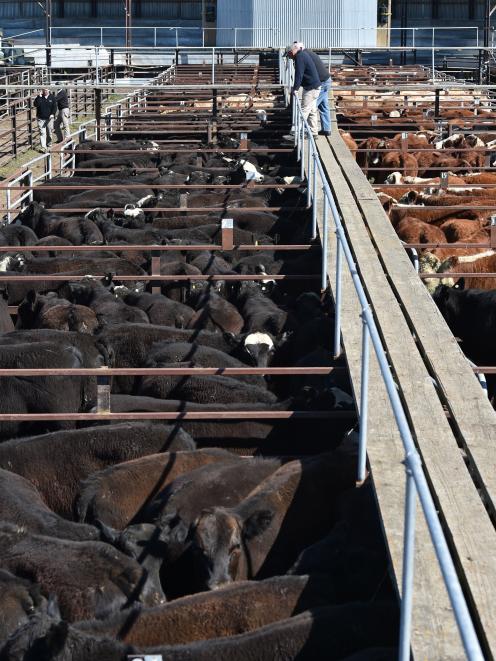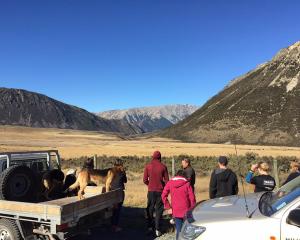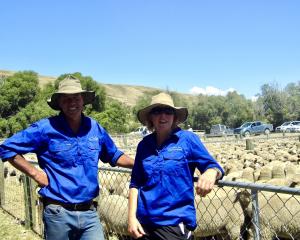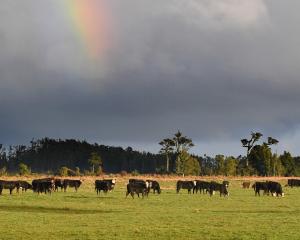
Various factors, including building production levels and trade policy, were creating uncertainty and market volatility, Rabobank New Zealand animal proteins analyst Blake Holgate said.
The US was a key market for New Zealand beef exports, as well as a significant competitor for exports into other destinations, Mr Holgate, who is co-author of the bank's latest beef quarterly, said.
Developments most likely to impact global beef trade included growing beef supplies, a plethora of protein production, drought conditions and trade uncertainties.
US beef production had expanded a little less rapidly than was expected earlier in the year, but it was still up by 3% in the first half of 2018. Pork and poultry production had also increased.
Drought was another factor which had the potential to further push up domestic beef supply. At present, 15 states had extreme to excessive drought conditions and half of the US beef cow herd resided in those states.
There was little doubt there would be forced liquidation in some areas, however in aggregate the ratio of cow-to-slaughter and heifers as a percentage of feed suggested the overall US beef market was still expanding at a very slow pace, Mr Holgate said.
The unnerving fact about present US trade policy was its frequent changes. The trade war with China had not had a major impact on beef given the low volumes of US beef going to China, but the trade disputes had stalled growth in US beef exports into the Chinese market, he said.
Continuing negotiations around the renewal of the North American Free Trade Agreement or, as had been proposed in recent days, new trade agreements with Canada and Mexico, would also be key.
Developments elsewhere would also continue to influence global markets, Mr Holgate said.
Imports into Japan and South Korea were increasing with improved economies, lower global prices and the availability of beef from Australia and the US fuelling that growth.
Japan had also granted access for Argentina to export fresh beef into the country for the first time.
Several recent outbreaks of African Swine Fever in China could also impact markets, he said.
In New Zealand, prices across all classes of cattle lifted over the last quarter with seasonal production decline increasing procurement competition among processors.
Rabobank expected to see continuing competition for a declining supply, combined with a weaker New Zealand dollar, to support some further upward price movement through to the end of the 2017-18 season and into the new season starting in October.
Silver Fern Farms' latest update to suppliers said reports of the swine fever outbreak had the potential to affect protein supply as China moved to a full eradication/culling programme.
China had 56% of the total population and led the world in pork consumption per capita at 30.8kg per head, which represented 61.2% of total annual per capita consumption.
Any significant disruption to pork supply would likely see an increase in demand for beef and sheep meat in China.
The effects of any significant swine slaughter would be more evident for Q4 as seasonal demand increased for protein.













